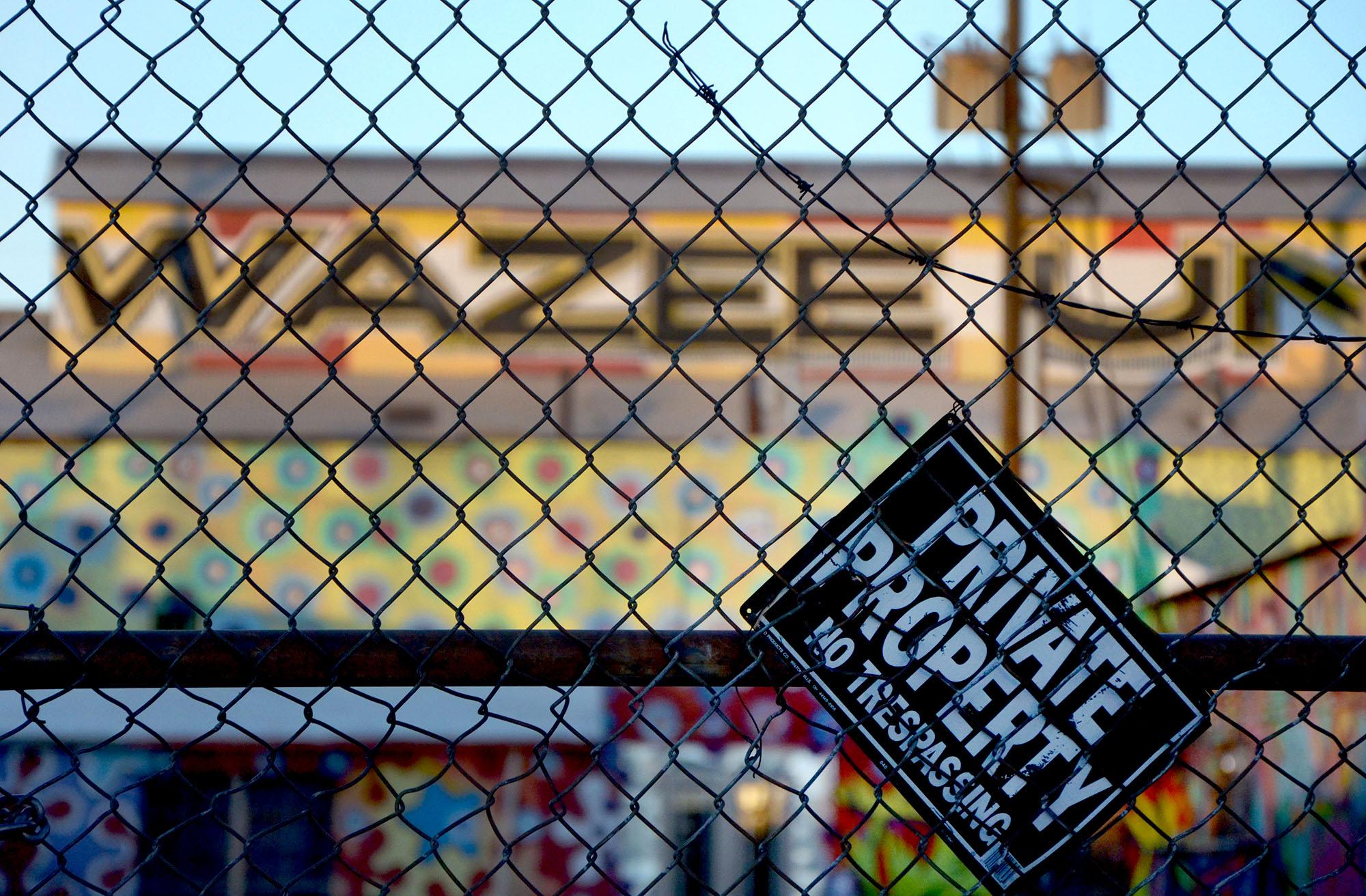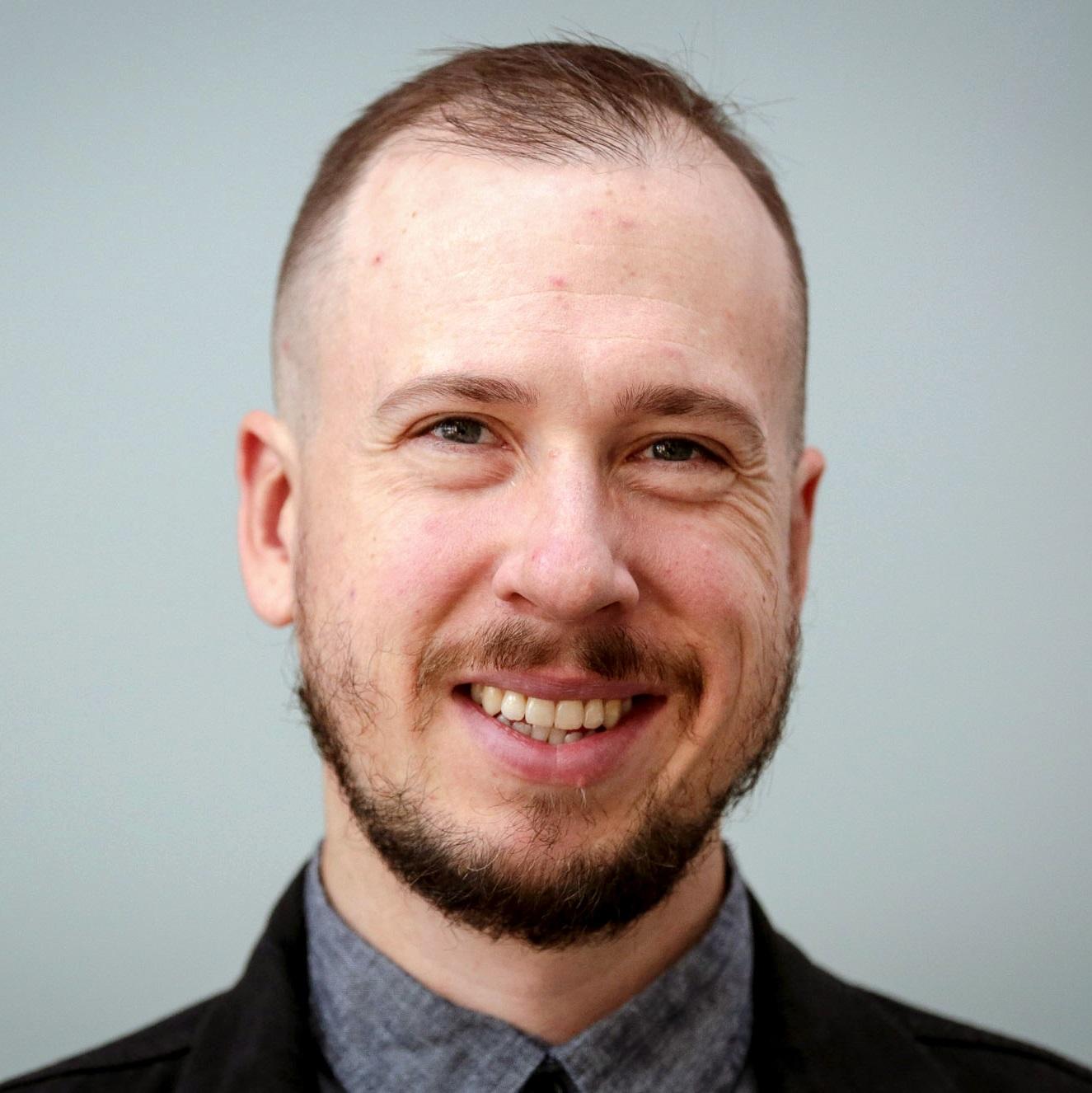
Ten years ago, a group of artists north of downtown Denver laid the foundation for a thriving community in a largely abandoned area. The River North Art District -- also known as RiNo -- is now booming.
“It still has some of that flavor, but now you see more people and more cars and businesses and breweries,” artist Roxanne Rossi says. “It has changed quite a bit."
Currently, Rossi rents a 400-square-foot space in Wazee Union, a yellow warehouse that holds close to 60 studios for artists and entrepreneurs drawn by cheap rents.
This is Rossi’s sixth studio in Denver since 2002. In most cases, she was forced out by soaring rents or new ownership. And it’s happening again. Wazee Union is up for sale. The artist knows her time is limited, and her search for new a location has come up empty.
“I woke up one night kind of in a panic attack thinking, ‘What am I going to do?’ ” Rossi says. “It’s stressful.”
It’s a classic case: Artists arrive in a neighborhood, making it more desirable. So developers move in and prices go up. That squeezes out the artists who put it on the map. (See: Galapagos Art Space, formerly of Brooklyn.)
Artists in RiNo fear that their neighborhood faces the same fate. As more restaurants and businesses pop up and with light rail on the way, property values are increasing monthly.
Denver’s Zeppelin Development is in the process of buying Wazee Union but says no plans are set in stone for the property.
“We have an idea for a new generation office building that’s anchored by retail at the site,” project manager Justin Croft says.
Zeppelin already has a strong presence in RiNo. Its projects include the Taxi campus, with condos, architecture firms, salons, cafes and more. Nearby, there’s the Source, an old foundry that now houses restaurants, a bakery, floral shop, and a brewpub.
As Zeppelin expands its foothold, Croft says the company is considering ways to assist artists. But he offers no specifics.
“It’s really important that the neighborhood not lose the cultural capital that’s been developed over time,” Croft says. “It’s the idea that social purpose and economic purpose work together.”
City steps in
After earning certification as a creative district last year, RiNo now has more than 200 studios and galleries. In fact, some art spaces have expanded, like Ironton. But others have shut down, including the ArtHaus gallery, which closed in December due to a rent hike.
Denver is taking steps to curb an artist exodus in RiNo, and hopes to make a model out of its effort in this district. Officials recently conducted a survey to inform its approach citywide.
“This was the opportunity for the artists to speak out, to say exactly what their needs were, what they could afford, where they’d be willing to live, and to talk about amenities,” says Lisa Gedgaudas, Create Denver program administrator.
More than 450 people participated. Denver expects to release recommendations based on the survey in March.
“This is our opportunity to keep the artists there, keep it thriving, and to maintain a dialog where arts and culture is actually the centerpiece of those types of areas,” Gedgaudas says.
The city is working with a Minneapolis-based nonprofit called Artspace, which develops affordable live and work facilities for artists nationwide. The organization has nearly 40 projects and also consults in 49 states.
But demand can be high. Artspace recently finished a development in East Harlem, leasing spaces to 90 artists and their families. It received around 53,000 applications.
A new campus with 30 long-term live and work units will open this spring in Loveland, Colorado. Artspace is also working to realize projects in Lakewood as well as RiNo, which it has eyed for years.
“I think it’s a particularly important time for Artspace to be there because if we can play some kind of intermediary role in stopping that cycle of displacement, now would be the time,” senior vice president of consulting Wendy Holmes says.
After completing its own feasibility study in RiNo this spring, Artspace might buy land and build a new facility, repurpose an existing building, or co-develop a location with another property owner. Funding must also be secured.
In the meantime, Holmes is consulting with developers on how to incorporate affordable spaces for artists into their own projects.
RiNo Art District chairman Tracy Weil, who bought his property in 2000, says it’s critical for artists to be a part of those conversations. And as part of the registered neighborhood organization, he does weigh in on proposals for new development.
“We want to be able to engage the community, we want to be able to be strong as artists and band together to maybe reap a little benefit of what we’ve created,” Weil says. “If there’s more people moving into the area, to me that’s an opportunity.”








